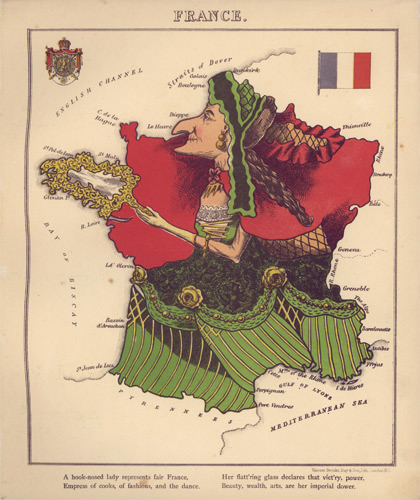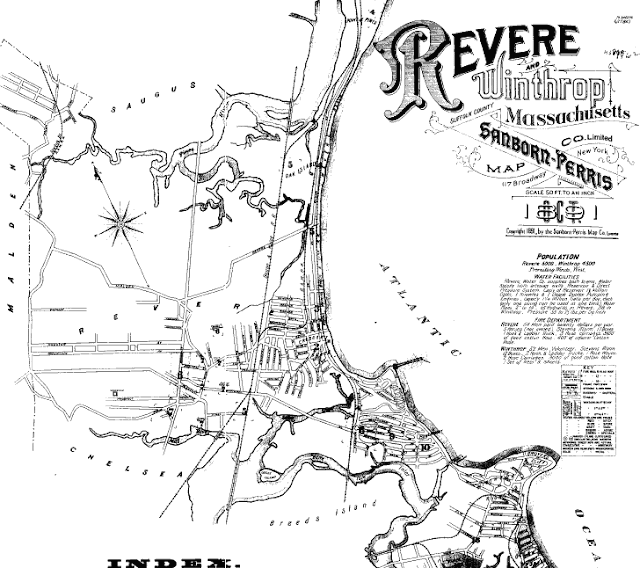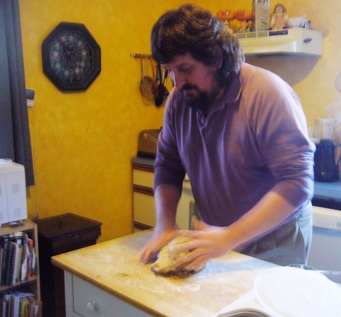 |
| EarthView Team: Dr. Vernon Domingo, Natalie "EarthView Wrangler" Regan, Rosalie "Globe Lady" Sokol, Dr. James Hayes-Bohanan |
The rest of the team brings the better part of a century of teaching experience to the program, and all of us are involved in various ways in the teaching and development of geography teachers. The "Globe Lady" Rosalie Sokol began her career as a middle-school French teacher, and switched to geography after completing an intensive training program sponsored by National Geographic in the 1980s. She retired from full-time teaching in Tantasqua Regional Middle School just as the EarthView program was getting started, and so continues to connect with students of all ages.
Dr. Vernon Domingo previously taught geography at the high school level in his home country of South Africa before coming to the United States for graduate school. He has taught in the Department of Geography at Bridgewater State University (formerly College) for 24 years. About a decade ago, he began teaching a course for future teachers, entitled Geography Methods and Materials, in which he draws on his extensive knowledge of the many tools -- conventional and digital -- available for the teaching of geography.
James "Dr. Java" Hayes-Bohanan began teaching geography as a graduate student in 1986, and became a full-time faculty member at BSU in 1997. When the department modified its program for future educators in 2005, he began teaching a course entitled "Geography Frameworks," based on the national benchmarks that have been established for geography educators at various grade levels. Students completing this course learn to apply those standards to a wide
BSU students majoring in elementary education, special education, or early childhood education must also complete a major in the liberal arts, and those who do so in geography complete both of these courses. They are also available to students pursuing the minor in secondary education, but those students are prohibited from majoring in geography, so very few of them complete these courses.
In addition to the students we reach directly through EarthView programs and university courses, members of the EarthView team are actively involved in workshops and institutes for in-service teachers -- both those already trained in geography and those who are teaching geography content but do not have geography licensure.
Update: The team gathered again in September, at the joyous occasion of Natalie's wedding. Her charming groom joined the team just for the photo op!



































